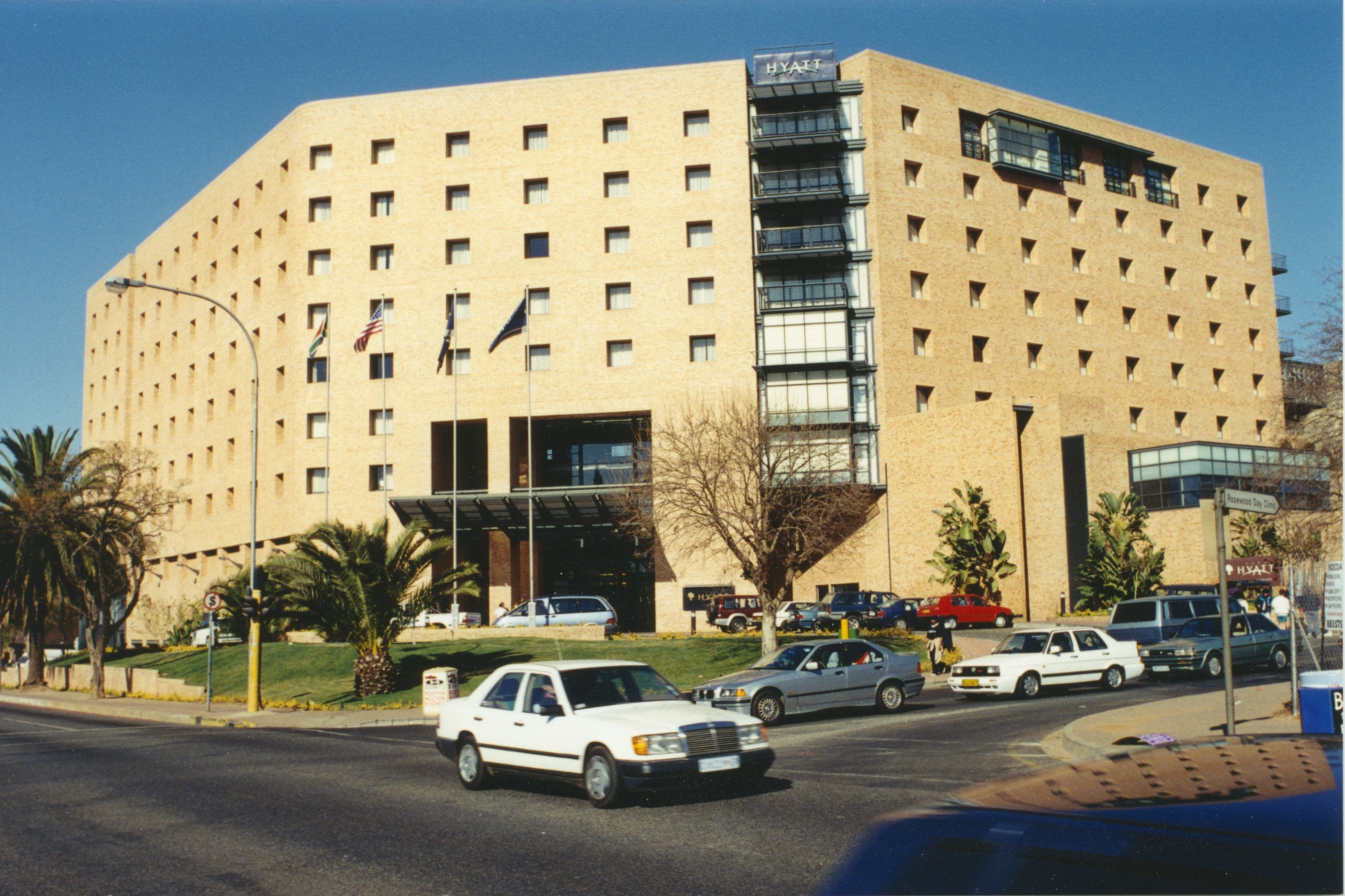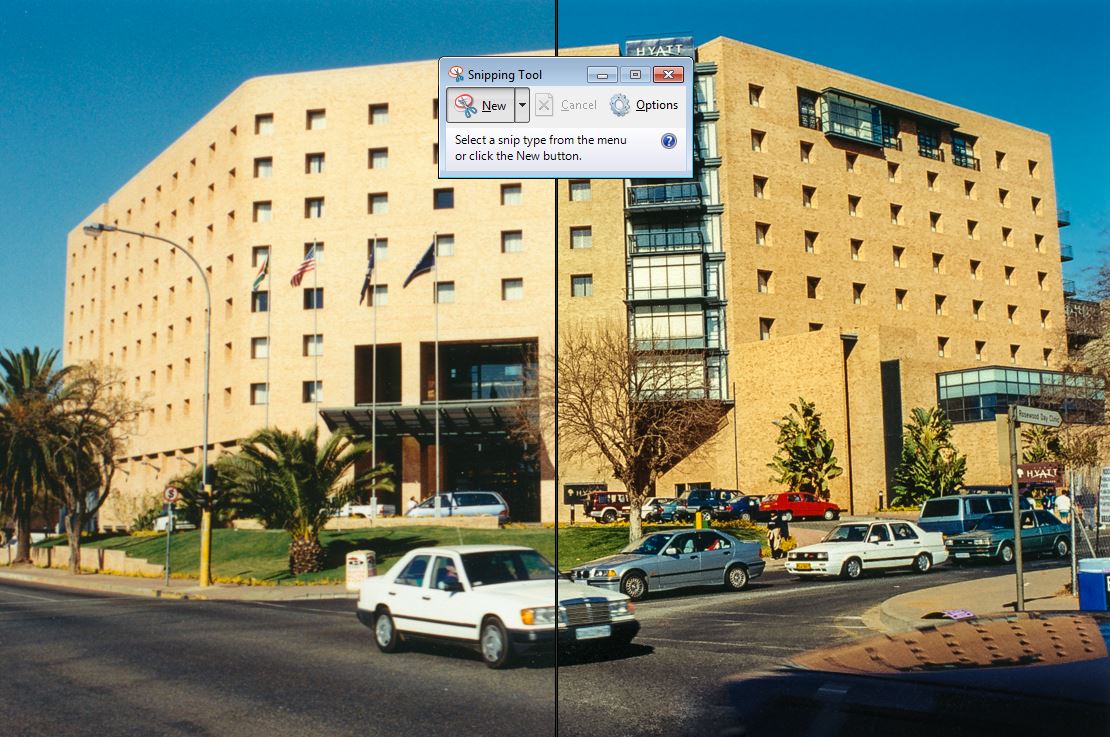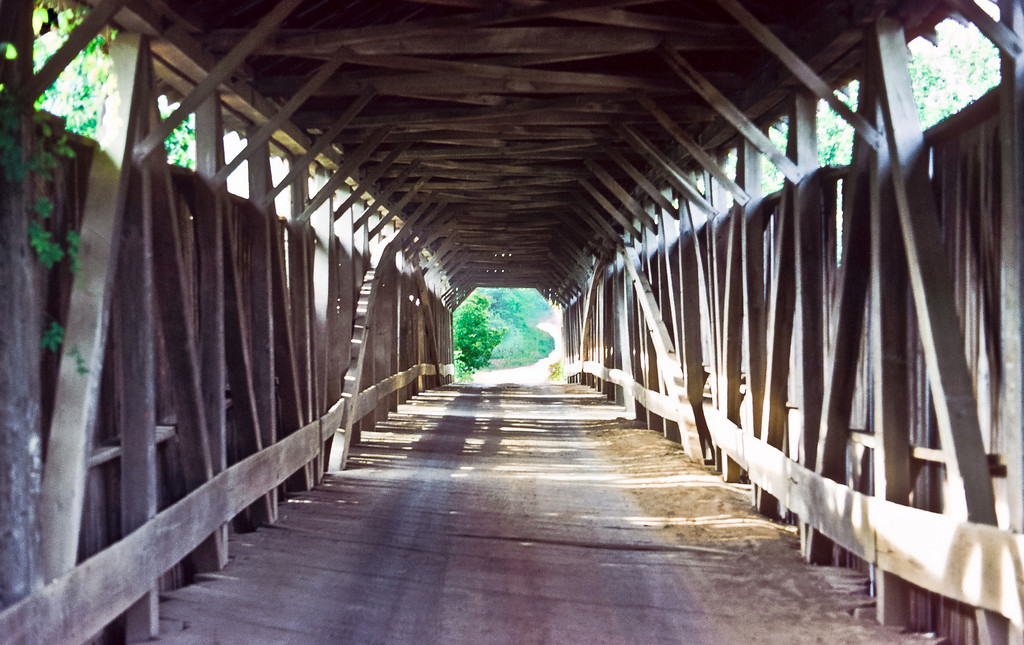I spent about 2 years debating what type of scanner I wanted to buy before purchasing the Epson Perfection V700 Photo Scanner. I even sent 50 slides to ScanCafe to see what the quality was from them. If you are interested, you can read my post about them. A service can be a great time saver if you have a large film and/or slide collection. I had a Microtek scanner that I bought in 2002 that desperately needed to be replace. Some recent scanning of color pictures finally drove me to decided to get the V700. I had the negatives, why was I scanning the picture! I did a lot of reading of scanner reviews before my purchase. Important to me was the Digital ICE technology and I like the SilverFast software that comes bundled with the scanner. I didn't want to spend half my life in Photoshop healing hair and dust off of my film, so a scanner and software that supported infrared was high on my list of must haves. I don't use it for every picture, but it is amazing how much dirt there actually is on the film. Be careful how aggressive you get with the infrared or you can impact the final picture quality. For handling film I have cotton work gloves that I use to keep the oil from my skin off of the film. In addition or as an alternative, using a compressed gas duster on the film and scanner bed helps control the dust problem. A very good investment when scanning. I use it to dust the outside of the scanner as well.
There were many other things I would love to have on the scanner, like auto focus or better film holders, but I also wanted to keep my price in the $500 range if possible. I ended up spending $636 on the V700 at Micro Center. Overall I would rate the quality of the scanner a close 5 out of 5. There is very little to complain about and even the film holders provide the ability to adjust the height to improve focus. I scanned 12 slides using the different height adjustments and found that the factory setup was the sharpest scan (arrow pointing to +). The light source isn't LED so there is a short warm-up time, but I am looking for output quality as a priority.
Here is what's in the box.
- Epson Perfection V700 Photo scanner - with DIGITAL ICE technology
- 8" x 10" transparency unit (built into lid)
- Four film holders: 35mm negatives, 35mm slides, medium format and 4" x 5"
- Film Holder Height Adjusters
- 8" x 10" Film Area Guide
- CD-ROM with Epson Scan software and productivity applications
- DVD-ROM with Adobe® Photoshop® Elements 9
- CD-ROM with LaserSoft Imaging™ SilverFast® SE6
- USB 2.0 cable
- Epson Setup Sheet
- AC adapter and power cable
The scanner isn't worth much without the software and there is little purpose to have the scanner and not run the best software you can afford. The software it ships with is good and it may be all that you need. The first thing I did was to download the latest demo version of SilverFast 8 and made sure that it worked on my system and that I was comfortable with it. I spent about three days using the software and took advantage of their upgrade offer from version 6 to version 8 Ai Studio.
Using SilverFast 8 I currently scan to jpeg at 3,200 dpi. I have done some scans to tiff, but I will reserve that for photographs that I feel are of a special nature. Otherwise jpegs are fine for the scans. The software function in SilverFast I make the most use of is the Histogram. The scans on a flatbed scanner will never be perfect, but for my work as a serious photographer the investment was worth it.
Above is a scanned 35mm close-up picture I took of an electric meter in 1977 using a GAF 35mm camera.
The above picture was taken in Mohican State Park forest in August 1977. The flash fired, resulting in highlighting the foreground rocks and tripod. I scanned 39 slides from the camping trip to the park. I had forgotten about visiting the park until I scanned the slides.
The above picture had histogram adjustments only. No sharpening was applied to the image when it was scanned.
The same picture compared side-by-side to the raw scan and the adjusted finished product.
See the follow-up to this post about scanning negatives, click here.
Unlock your memories and find those old photos!
















